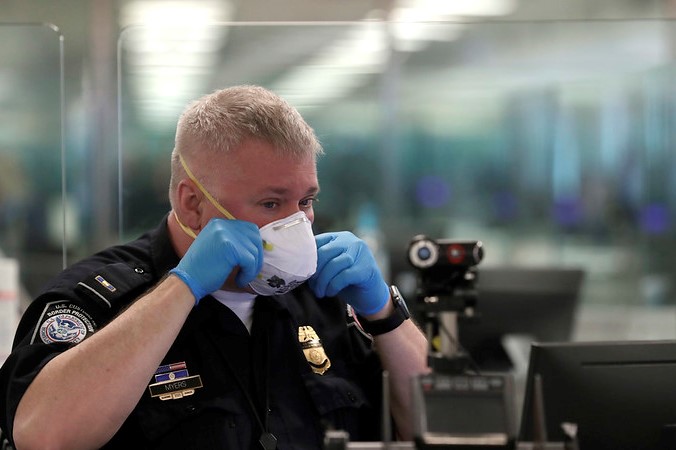
The Federal Emergency Management Agency clarified that local government expenses related to the COVID-19 outbreak may be eligible for reimbursement through FEMA’s disaster assistance program outside of the need for the state government to declare a state of emergency before funds can be tapped. Be sure to reference this fact sheet for eligible emergency protective measures. These are the key points shared with ICMA by our partners at the National Association of Counties.
- FEMA currently has over $500 million in available balances in the Disaster Relief Fund (DRF) Base to support all 56 states and territories for COVID-19 response efforts, including for direct federal assistance, temporary facilities, commodities, equipment, and emergency operation costs.
- On March 13, 2020, the President declared the ongoing coronavirus disease 2019 (COVID-19) pandemic of sufficient severity and magnitude to warrant an emergency declaration for all states, tribes, territories, and the District of Columbia pursuant to section 501 (b) of the Robert T. Stafford Disaster Relief and Emergency Assistance Act, 42 U.S.C. 5121-5207 (the “Stafford Act”). State, territorial, tribal, local government entities, and certain private, nonprofit (PNP) organizations are eligible to apply for public assistance.
- States, tribal and territorial governments do not need to request separate emergency declarations to receive FEMA assistance under this nationwide declaration. The emergency declaration will reimburse for eligible emergency protective measures taken to respond to the COVID-19 emergency at the direction or guidance of public health officials under Category B of FEMA’s public assistance program.
- This fact sheet provides additional guidance on the types of emergency protective measures that may be eligible under FEMA’s public assistance program. FEMA will not duplicate assistance provided by the U.S. Department of Health and Human Services (HHS), to include the Centers for Disease Control and Prevention (CDC), or other federal agencies.
- On March 17, the Administration submitted a request to Congressional Appropriators for additional fiscal year (FY) 2020 funding in the amount of $45.8 billion and the necessary authorities to address ongoing preparedness and response efforts. Included in this request is $2 billion in the Disaster Relief Fund Base Account to ensure there are resources available to support continued disaster operations.
Other reminders:
- Document carefully and be sure your team refreshes its knowledge of FEMA procurement requirements, such as competitive bidding. Sole source contracts should be avoided as much as possible except in extreme circumstances. If a sole source contract is required, be sure to document carefully.
- Reach out to your small business community to make them aware of the Small Business Administration loan programs and any other philanthropic or state resources they can tap.
ICMA is working closely with its state and local government partners to make sure local financial needs are addressed in the next fiscal stimulus package now under development with the Administration and Congress. To inform the federal government of the needs of local governments members were asked to provide information anticipated COVID-19 expenses and results will be included in the package proposal. Here are links to the NLC and NACo letters of 3/17/20
New, Reduced Membership Dues
A new, reduced dues rate is available for CAOs/ACAOs, along with additional discounts for those in smaller communities, has been implemented. Learn more and be sure to join or renew today!
